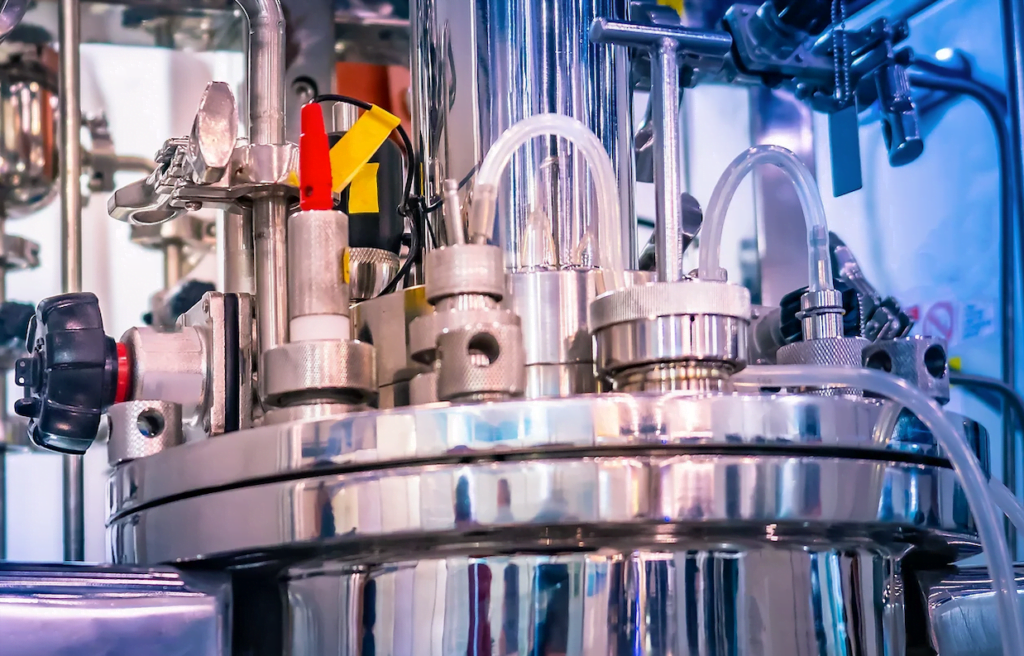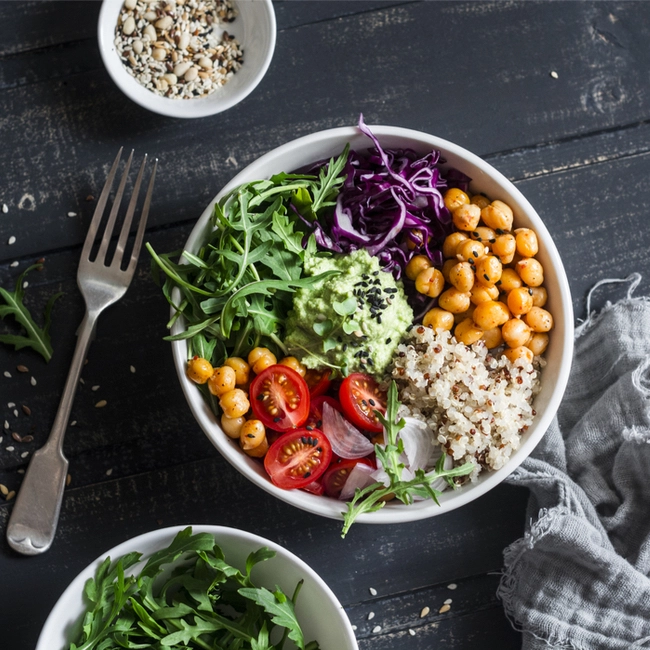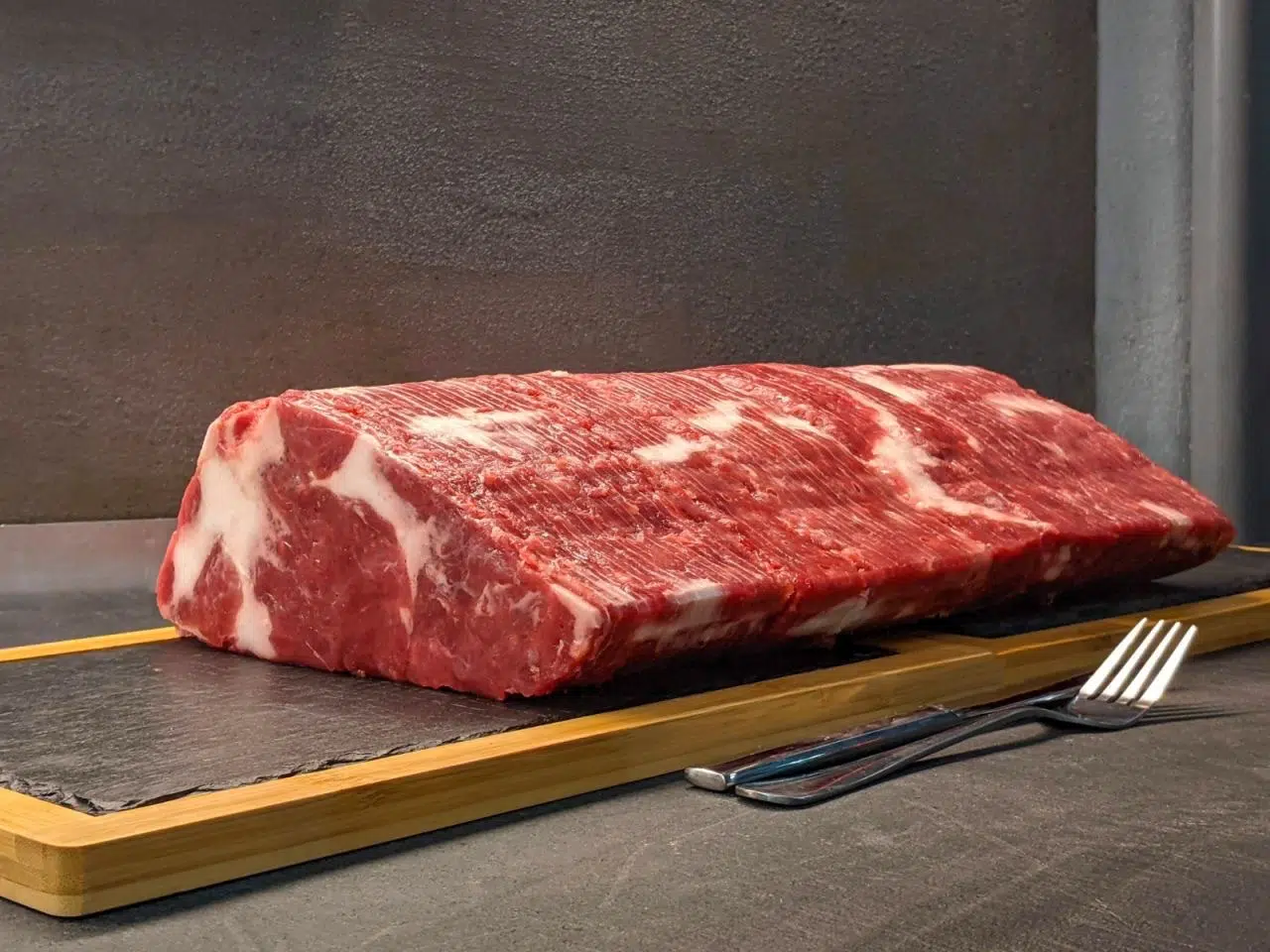Cultured meat
Yossi Quint wants the cultivated meat industry to succeed. However, to reach its potential, he thinks the nascent industry has one major hurdle to overcome: a severe lack of production capacity.
Quint arrived at this conclusion while working at McKinsey, where he often worked on projects for clients in the food and beverage industry. During one deep dive into the cultivated meat market, he became convinced that this new form of food production had the potential to be a multibillion-dollar industry, but would never fulfill its potential unless it can increase production by orders of magnitude over its current capacity.

To get there, Quint believed that equipment used to make cell-cultivated meat – giant metal vats called bioreactors – needed to be built specifically for the market. That’s because bioreactors used by today’s cultivated meat producers are usually modified versions of hardware made for the pharmaceutical industry, an industry with completely different unit cost economics than that of food.
Out of this challenge, the idea for his company was born. Ark Biotech is building next-generation, high-volume bioreactors for the cultivated meat industry. I sat down with Quint to discuss the challenges of developing hardware for the cultivated meat industry and where he sees the infrastructure market going in the future. The answers have been lightly edited for brevity.
Why did you decide to start the company?
I was working at McKinsey had the opportunity to work with many different companies. And I had a chance to dig pretty deep into the cultivated meat space and think in-depth about what was needed in this industry to succeed over time—doing everything from consumer insights work to thinking about how to reduce unit economics and scale up. But, as I dug into scale-up, I quickly realized that biomanufacturing will be the bottleneck for this industry to grow. And that there are very few, perhaps no players, out there that are offering sensible solutions for industrial-scale cultivated meat production.
Today we’re seeing lots of companies building their pilot production plants. Over the next few years, as the industry figures it out and moves towards industrial scale, how big do you see cultivated meat bioreactors getting?
In pharma, there’s this trend towards smaller, single-use bioreactors. Single-use bioreactors are bioreactors with a bag inside that you switch out. They are very high OPEX (operating expense), but it reduces the contamination risk. But for the blockbuster drugs, you still have 10,000 to 25,000-liter bioreactor tanks. There’s no reason cultivated meat can’t be produced at that size or even larger.
What are the challenges that need to be overcome to move to bigger bioreactors?
There aren’t necessarily intrinsic issues. There are challenges when you reach a bigger scale; A contamination event has a larger cost because you’d have to throw out the batch, so that’s one reason to think about minimizing the size or guidance or ceiling. But to us, it’s a very simple optimization equation of ‘every batch is worth X dollars, the chance of contamination is y, where along the curve do you want to play’?
There are some thermodynamics, more physics and chemistry elements, such as where can you get the uniformity of the cell culture in the bigger size bioreactor. And that’s uniformity of oxygen, of making sure that mixing works correctly. It’s also making sure that the temperature can be uniform throughout.
A lot of what we’re working on is, how do you design bioreactors in ways that are different than what you’d see off the shelf today or from a specialized company, that could operate at bigger sizes?
Why are bigger bioreactors so important?
We care about size because it’s just a major cost lever. As a CAPEX (capital expense) cost lever and an OPEX (operating expense) cost lever.
Explain what you mean by that.
As a CAPEX lever, you get economies of scale. A lot of the cost of bioreactors is the manufacturing, and just you don’t need twice as many people producing twice the size. Most bioreactors have their own seed train (ed note: seed trains are used to generate an adequate number of cells for the inoculation of the production bioreactor). If you double the size of the bigger bioreactor, you only need half as many seed trains to get the same volume.
On the OPEX side, every seed train has laborers that are working, often 24/7, running experiments, changing parameters. And so, if you are able to double the size or triple or ten times the size, you don’t need ten times the laborers, you might need the exact same number of laborers.
Will all bioreactors be the same?
The bioreactors we’re designing are widely applicable to a very large swath of the industry. There are corner cases, but we’re trying to have bioreactors that will fit 95% of companies.
But there are a few bioreactor designs that we’re working on because if you’re doing a scaffolding system, that likely looks very different and you’ll need a very different looking bioreactor if you’re doing suspension cells. And so we are designing different bioreactors to fit those different use cases. Things like media or animal type. are heavily impactful to the parameters of the bioreactor, but we don’t think that changes the core bioreactor design.
The models will depend on their production methods. And it could be that you actually have two models, you have one model, where their cells are still growing in suspension, then you might want to then get a formed product and move into a second bioreactor. So there’s a number of companies that will have two production bioreactors today.
In the future, what does the cultivated meat industry production look like? Is it highly centralized, or does each city have its own ‘meat brewing’ center?
If I were to say 10 years, it’s still gonna be highly centralized. We’re gonna have megaplants. There’s just so many efficiencies that you get at scale.
Will they be regional?
It could be regional. It just depends on how big we want to go. I don’t think there’s gonna be one plant that supplies the US. It could be two or three plants in California that are very big the same way AB InBev has just a handful of massive plants.
Can you explain why bigger production plants are better?
One of the reasons that I think bigger plants make sense, at least as an interim step, is that we really think about the COGS (cost of goods sold) in a very deep way, a lot of which is like how do you get really cheap access to whatever the basal medium is. And to get really cheap access, you probably want to be located near where corn is shipped in, or whatever your other big ingredients are. You want to be near rail lines. You just want to get those economies of scale on the upstream. You also want to be co-located near cheap energy and preferably renewable energy. And so when you think about some of the inputs that you want, and just OPEX, and also where there is available labor, it’s harder to see a world in which you have a small production plant that’s in a skyscraper in New York.
Thank you for your time.
You’re welcome.











